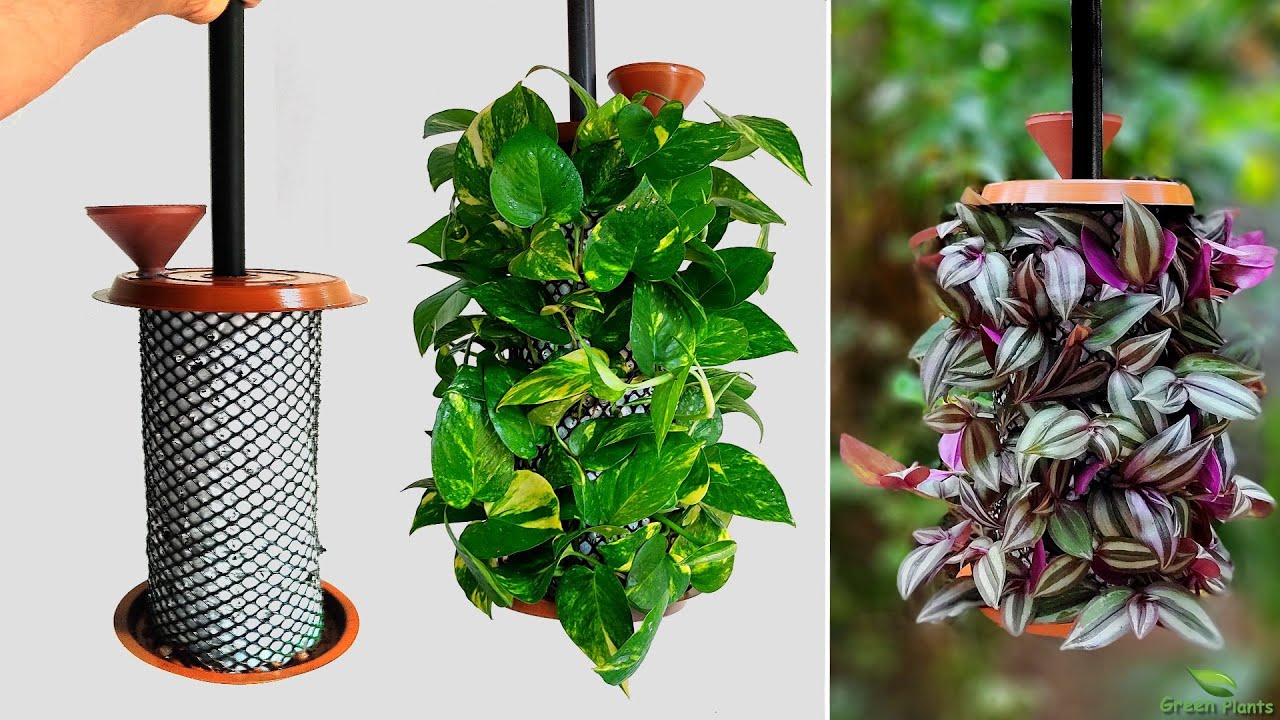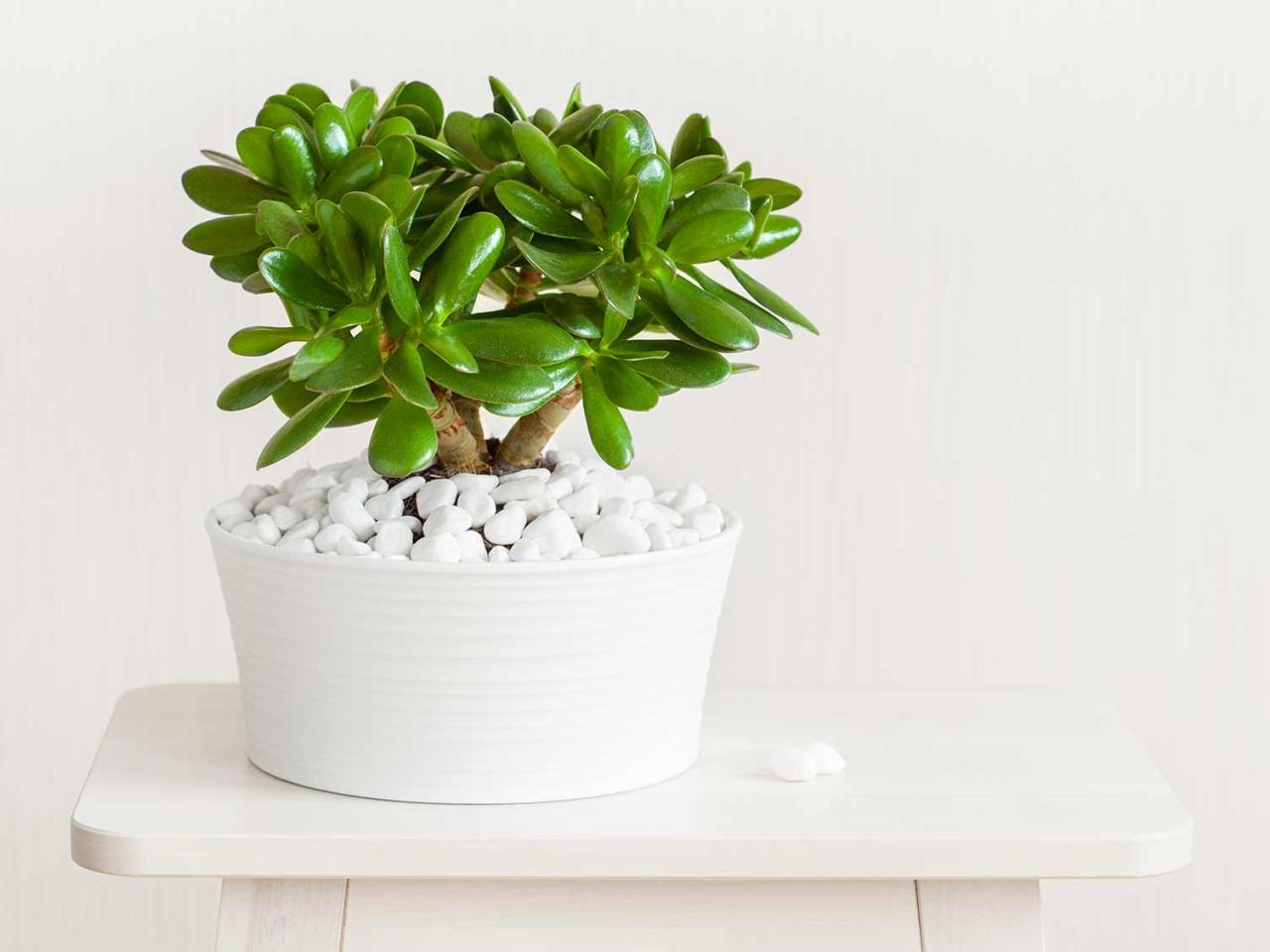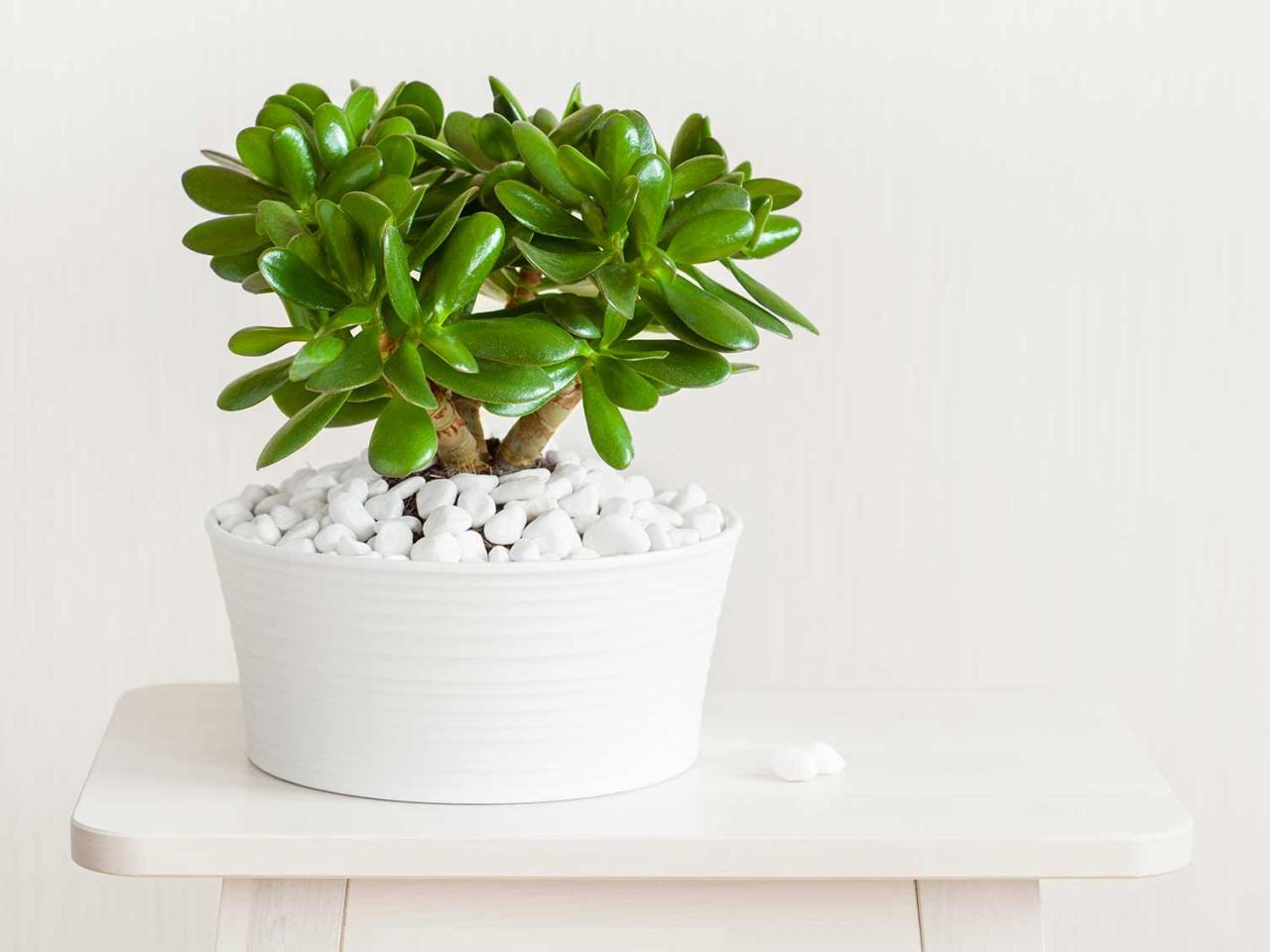Money Plant Care For Every Room In Your House is more than just a horticultural guide; it’s a journey into the world of Feng Shui, prosperity, and bringing the invigorating energy of nature into your living spaces. From understanding the origins and symbolism of these beloved plants to mastering the art of selecting the right pot, soil, and light conditions, this comprehensive guide equips you with the knowledge to cultivate thriving money plants in every corner of your home.
The Money Plant, scientifically known as -Epipremnum aureum*, is a popular houseplant known for its vibrant foliage and air-purifying qualities. Beyond its aesthetic appeal, it’s often associated with good fortune and financial prosperity, making it a cherished addition to many homes.
This article delves into the practical aspects of caring for money plants, providing a room-by-room guide to ensuring their optimal growth and maximizing their positive energy.
Introduction to Money Plants: Money Plant Care For Every Room In Your House
The money plant, scientifically known asEpipremnum aureum*, is a popular houseplant renowned not only for its lush foliage but also for its symbolic significance in various cultures, particularly in Feng Shui. This plant is believed to attract wealth, prosperity, and good fortune, making it a beloved choice for homes and offices worldwide.
Feng Shui Significance of Money Plants
In Feng Shui, a traditional Chinese practice that focuses on harmonizing energy flow in a space, the money plant is associated with the element of wood. Wood is believed to nourish the element of fire, which represents wealth and prosperity.
Therefore, placing a money plant in the southeast sector of a home or office, which is the wealth corner according to Feng Shui principles, is believed to activate the flow of positive energy and attract abundance.
Origin and History of Money Plants
The money plant is native to the Solomon Islands in the South Pacific. It was introduced to other parts of the world as an ornamental plant in the 19th century and quickly gained popularity for its ease of care and attractive foliage.
While the Money Plant thrives in various rooms, its care routine might need adjustments depending on the light and humidity levels. For example, rooms with large windows might require more frequent watering, while those with lower light might need less.
This is similar to how you need to consider your climate when planting spring flowering bulbs in the fall, as detailed in this helpful guide: How To Plant Spring Flowering Bulbs In Fall Without Fuss. By understanding the needs of your Money Plant and the bulbs, you can ensure a beautiful and flourishing environment in your home.
The plant’s common name, “money plant,” is believed to have originated from its heart-shaped leaves, which resemble coins.
Common Beliefs Associated with Money Plants and Their Impact on Prosperity
The belief that money plants bring good fortune is deeply rooted in various cultures. In some cultures, the plant is given as a gift to celebrate new beginnings or milestones, symbolizing good luck and financial success.
“The money plant is a symbol of hope and prosperity, reminding us that even the smallest seeds can grow into something beautiful and bountiful.”
The plant’s ability to thrive in a variety of conditions and its resilience are often seen as a reflection of its ability to attract abundance and overcome challenges. This belief is further strengthened by the plant’s fast-growing nature, which is associated with rapid financial growth.
Money Plant Care in Specific Rooms

Money plants, with their lush foliage and purported prosperity-boosting qualities, can enhance any room in your home. However, understanding the ideal conditions for each space is crucial for their thriving. Let’s explore the best money plant varieties for different rooms, their specific care considerations, and the benefits they bring to your home.
Money Plant Placement in Different Rooms, Money Plant Care For Every Room In Your House
Placing a money plant in the right room can optimize its growth and amplify its positive energy.
Room Type |
Recommended Variety |
Specific Care Considerations |
Benefits of Placing a Money Plant |
|---|---|---|---|
Living Room |
Golden Pothos |
Bright, indirect light; moderate watering; occasional fertilization |
Invites positive energy, promotes relaxation, and enhances social interaction. |
Bedroom |
Marble Queen Pothos |
Low light tolerance; infrequent watering; avoid overwatering |
Promotes restful sleep, clears negative energy, and enhances air quality. |
Kitchen |
Neon Pothos |
Bright, indirect light; regular watering; avoid overwatering |
Enhances prosperity and abundance, purifies the air, and promotes a sense of abundance. |
Office |
Jade Pothos |
Moderate light; infrequent watering; occasional fertilization |
Boosts productivity, clears mental clutter, and promotes focus and clarity. |
Living Room
The living room, a space for gathering and relaxation, is an ideal spot for a money plant. Golden Pothos, with its vibrant green and yellow leaves, is a popular choice. It thrives in bright, indirect light, and its cascading growth pattern adds a touch of natural beauty.
Regular watering, allowing the soil to dry slightly between waterings, ensures its health. Occasional fertilization with a balanced liquid fertilizer during the growing season will further promote its growth.
In Feng Shui, the living room is associated with the element of wood, and the money plant’s vibrant green foliage represents this element, inviting prosperity and good fortune.
Bedroom
For a calming and peaceful bedroom, the Marble Queen Pothos is an excellent choice. Its variegated leaves, with their mix of white and green, add a touch of elegance. This variety tolerates low light conditions, making it suitable for bedrooms with limited natural light.
Money plants are incredibly versatile and can thrive in various indoor environments. From bright living rooms to dimly lit bathrooms, these resilient plants can adapt to a range of light conditions. However, to ensure your money plant flourishes and retains its vibrant green foliage, you’ll need to provide it with the right care.
For detailed guidance on achieving a lush and healthy money plant, check out this comprehensive guide: How To Keep Your Money Plant Looking Green And Lush. By following the tips outlined in this resource, you can ensure your money plant thrives in any room of your home, adding a touch of natural beauty and positive energy to your space.
Water it only when the soil is completely dry to prevent root rot.
In Feng Shui, the bedroom is associated with the element of earth, and the money plant’s grounded presence promotes stability and restful sleep.
Kitchen
The kitchen, a hub of activity and nourishment, benefits from the vibrant energy of the Neon Pothos. Its striking neon green leaves bring a touch of brightness to the space. It thrives in bright, indirect light and requires regular watering, ensuring the soil remains consistently moist but not soggy.
In Feng Shui, the kitchen is associated with the element of fire, and the money plant’s vibrant green foliage symbolizes the wood element, which nourishes the fire element, promoting abundance and prosperity.
Office
For a focused and productive workspace, the Jade Pothos is an excellent choice. Its deep green leaves provide a calming effect and promote concentration. It thrives in moderate light conditions and requires infrequent watering, allowing the soil to dry slightly between waterings.
In Feng Shui, the office is associated with the element of metal, and the money plant’s sturdy growth represents the element of wood, which supports the metal element, promoting career success and financial stability.
Common Money Plant Problems and Solutions

Even with proper care, money plants can experience problems. Understanding these issues and how to address them is essential for maintaining a healthy and thriving plant. This section will explore common problems faced by money plants, provide solutions for each, and offer preventive measures to avoid these issues in the future.
Leaf Discoloration
Leaf discoloration in money plants can indicate various underlying issues.
- Yellowing Leaves: This often points to overwatering, leading to root rot. Ensure proper drainage and allow the soil to dry slightly between waterings.
- Brown Spots: These can indicate underwatering, leading to dehydration. Water thoroughly when the top inch of soil feels dry.
- Brown Edges: This can be caused by low humidity, especially in dry environments. Increase humidity by misting the leaves or using a humidifier.
- Pale or Yellowing Leaves with Brown Spots: This could be a sign of nutrient deficiency. Use a balanced liquid fertilizer specifically designed for houseplants to replenish nutrients.
Wilting
Wilting is a common problem for money plants, often caused by:
- Underwatering: The most common cause of wilting. Water thoroughly when the top inch of soil feels dry.
- Overwatering: This can lead to root rot, which inhibits the plant’s ability to absorb water. Allow the soil to dry slightly between waterings and ensure good drainage.
- Temperature Extremes: Money plants prefer moderate temperatures. Avoid placing them near drafts, radiators, or direct sunlight, which can cause wilting.
Pests
While money plants are relatively pest-resistant, they can still be affected by:
- Mealybugs: These appear as white, cottony masses on the plant’s stems and leaves. Treat them with insecticidal soap or neem oil.
- Spider Mites: These tiny pests create fine webs on the underside of leaves and cause yellowing and stippling. Use a strong stream of water to dislodge them or treat with insecticidal soap.
- Scale: These insects appear as brown or black bumps on the plant’s stems and leaves. Scrape them off with a fingernail or treat with horticultural oil.
Preventive Measures
- Proper Watering: The key to preventing most money plant problems. Water thoroughly when the top inch of soil feels dry and allow the soil to dry slightly between waterings.
- Good Drainage: Ensure the pot has drainage holes and use a well-draining potting mix.
- Moderate Humidity: Maintain moderate humidity levels, especially during dry seasons. Mist the leaves or use a humidifier.
- Regular Inspection: Regularly inspect your money plant for any signs of pests or disease. Early detection allows for prompt treatment.
- Appropriate Light: Provide bright, indirect light. Avoid placing the plant in direct sunlight, which can scorch the leaves.
- Fertilization: Use a balanced liquid fertilizer specifically designed for houseplants during the growing season (spring and summer).
Closing Summary

As you embark on your journey to cultivate thriving money plants in every room of your home, remember that the key to success lies in understanding their needs and providing them with the right environment. With the knowledge gained from this guide, you can create a lush and prosperous atmosphere that resonates with positive energy, transforming your home into a haven of beauty and well-being.
FAQ Corner
What is the best way to water a money plant?
Water your money plant thoroughly when the top inch of soil feels dry. Avoid overwatering, as this can lead to root rot.
Can I grow a money plant in low light conditions?
While money plants prefer bright, indirect light, they can tolerate low light conditions. However, they may grow more slowly and have less vibrant foliage in low light.
How often should I fertilize my money plant?
Fertilize your money plant once a month during the growing season (spring and summer) with a balanced liquid fertilizer diluted to half strength.
